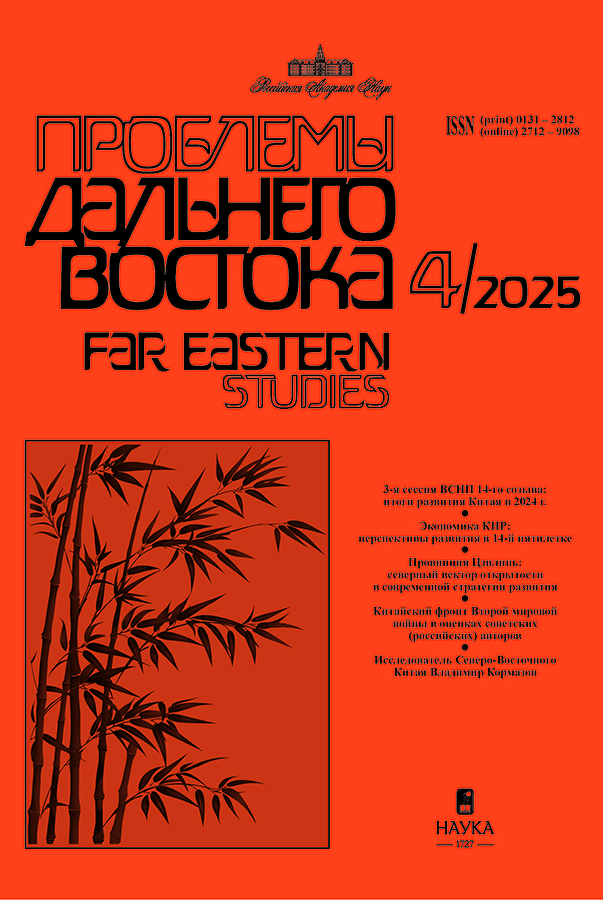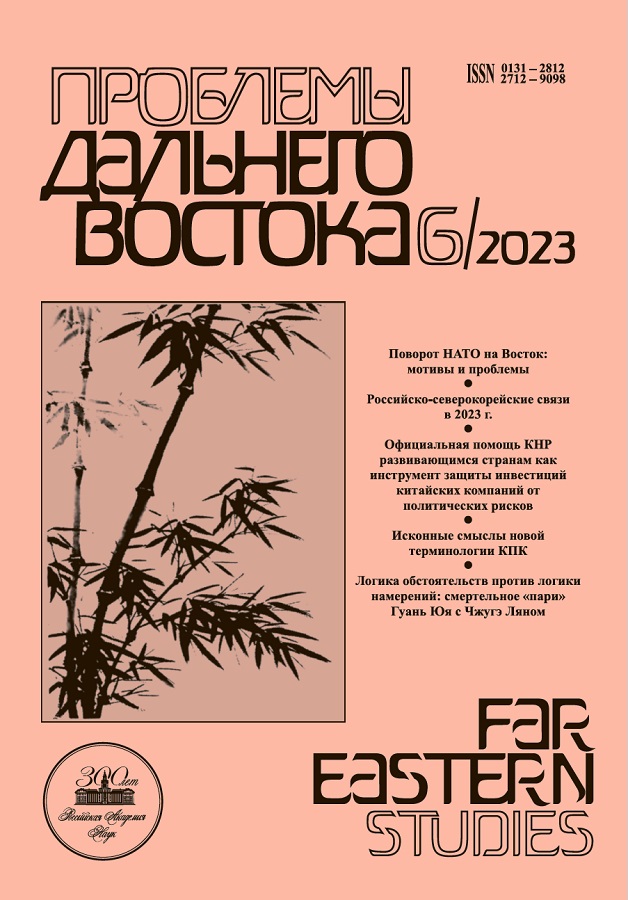Politics and Mysticism in the Modern Republic of Korea: Case of Lee Jae-myung
- Authors: Chesnokova N.A.1
-
Affiliations:
- HSE University
- Issue: No 6 (2023)
- Pages: 97-110
- Section: Articles
- URL: https://medjrf.com/0131-2812/article/view/675282
- DOI: https://doi.org/10.31857/S013128120029385-4
- ID: 675282
Cite item
Abstract
In March 2023, the Korean politician, leader of opposition, Lee Jae-myung said that the grave of his parents was desecrated. He explained that several stones with hanjas were allegedly buried near the grave, which should negatively affect the fate and life of Lee himself and his family. It soon became clear that it was a falsification, and the stones were buried, on the contrary, with the consent of Lee Jae-myung and as a guarantee of his successful self-realization. Lee Jae Myung being accused of using a fake to gain attention. He was not the first Korean politician to use the traditional "Korean geography" of pungsu jiri seol in his campaign, but he was the first whose message was so oddly camouflaged. Therefore, the goal of my article is to explain the essence of Lee Jae-myung's unsuccessful communicative act. In order to do this, at first, I examine the existing precedents in contemporary Korean politics related to spatial representations. Secondly, I look for the difference between the communicative acts of Lee Jae-myung's predecessors connected with spatial representations and his own. The study is based on historical facts, content analysis of media materials, statistical analysis of Big Data, statements by politicians in the Republic of Korea, the theory of “self-fulfilling prophecy” by Robert Merton, as well as Chinese and Korean philosophies associated with spatial representations. The result of the study is as follows: unlike his predecessors, who emphasized their “chosenness” through spatial representations and manipulated their voters, Lee Jae-myung contrasted traditional spatial representations (the theory of pungsu jiri seol) with shamanism, with which Yoon Suk-yeol, the current president of the Republic of Korea and Lee’s political opponent, is often associated nowadays. Lexical analysis of Lee Jae-myung's message at the same time shows that the terminology was chosen incorrectly, which caused initial difficulties for the audience in its “deciphering”.Acknowledgements: The author of the article expresses her gratitude to Andrei V. Zagorulko, PhD in History, Associate Professor of the Russian State University for the Humanities, for the discussion that prompted this study.
About the authors
Natalia Alekseevna Chesnokova
HSE University
ORCID iD: 0000-0001-5749-6615
Basmannaya, 21/4, building 3
References
- Асмолов К.В. Корейская политическая культура: Традиции и трансформации. 2 е изд. М.: Университет Дмитрия Пожарского, 2012.
- Асмолов К.В. Шаманизм и политика в Южной Корее // Новое восточное обозрение. 14.03.2022. URL: www.journal-neo.su/ru/2022/03/14/shamanizm-i-politika-v-yuzhnoj-koree/ (дата обращения: 10.11.2023)
- Ким Дэджун. Новое начало / авт. пер. с англ. П.А. Развина. Под общей редакцией В.И.Гудименко, Е.П. Бажанова, Н.Е. Бажановой. М.: Республика, 1998.
- Смертин Ю.Г. Корейский шаманизм: прошлое в настоящем // Корейский полуостров в эпоху перемен. М.: ИДВ РАН, 2016. С. 322–333.
- Смертин Ю.Г. Пхунсу: корейское искусство гармоничной жизни // Вестник РУДН. Всеобщая история. Vol. 9. No. 3. М.: РУДН, 2017. С. 205–214.
- Чеснокова Н.А., Колнин И.С., Глазунова В.В. «Десятичастное наставление» 訓要十條 (Хунё сипчо, 942 г.?): комментированный перевод // Восток. Афро-азиатские общества: История и современность. Вып.1. М.: ИВ РАН, 2023. С. 242–258.
- Breen M. The Koreans. Who They Are, What They Want, Where Their Future Lies. New York, 2004.
- Changdeokgung Palace Complex // UNESCO. URL: whc.unesco.org/en/list/816 (дата обращения: 02.08.2023).
- DP’s Lee Jae-myung questioned as suspect for first time // Korea JoongAng Daily. 10.01.2023. URL: koreajoongangdaily.joins.com/2023/01/10/national/politics/Korea-Lee-Jaemyung-Democratic-Party/20230110172221717.html (дата обращения: 10.12.2023).
- Lim Jae-Hae. Tradition in Korean Society: Continuity and Change // Korean Anthropology: Contemporary Korean Culture in Flux. Vol. 3. Seoul: Hollym, 2003. P. 3–27.
- Merton R. The Self-Fulfilling Prophecy // The Antioch Review, Vol. 8, No. 2. Summer, 1948. Pp. 193–210.
- Yoon Hong-Key. The Culture of Fengshui in Korea: An Exploration of East Asian Geomancy. Lexington Books, 2006.
- 김두규. 한국 풍수의 허와실 (Правда и Ложь Корейского Пхунсу). 서울, 동학사, 1995.
- 주진우라으브 (Чу Джину Live) // Youtube. 02.02.2023. URL: youtube.com/watch?v=_2jeqV-ziio (дата обращения: 17.08.2023).
Supplementary files











